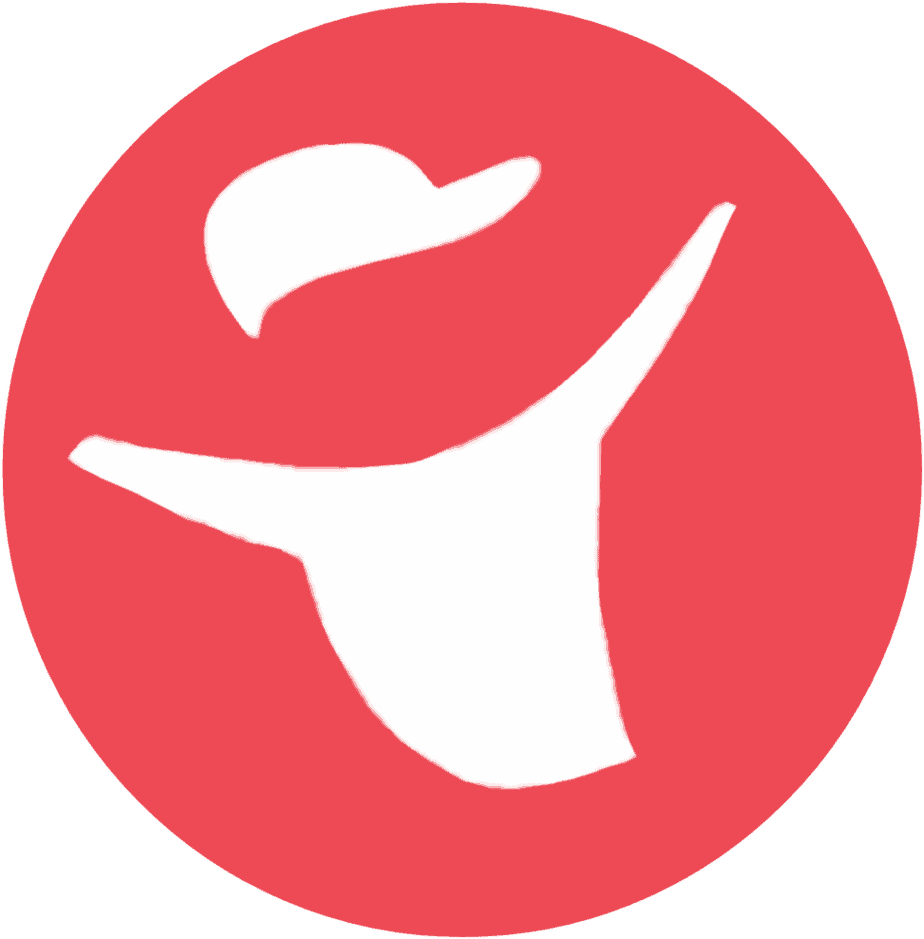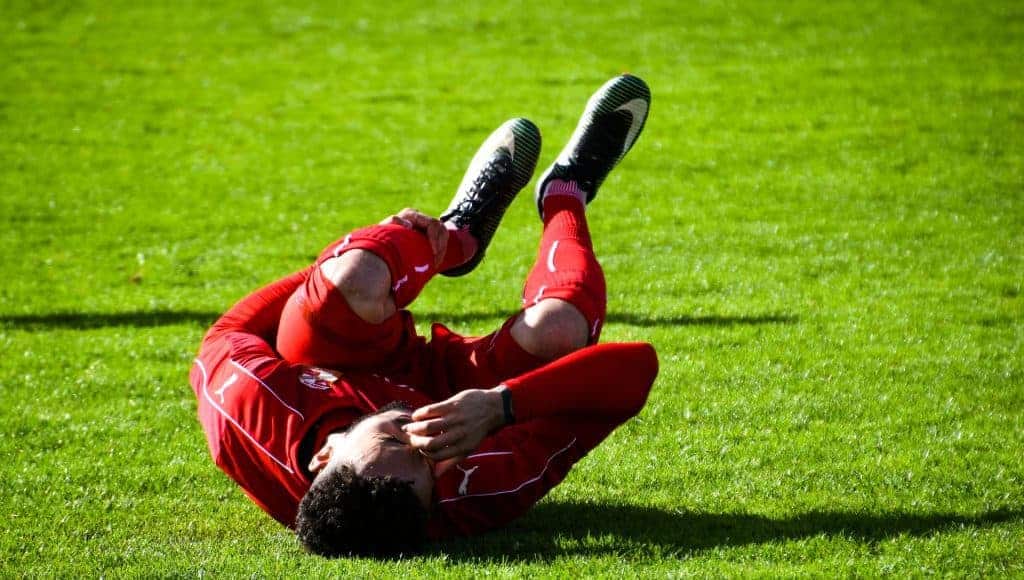There are 2 types of injuries caused by sports. The first type is overuse injuries and the second is overload injuries.
Overuse– These are injuries caused by repetitive motion, which causes wear and tear of the area (for example in a marathon).
Overload – These are injuries that happen in an instant and cause a lot of sharp pain.
Our body is made up of many factors: bones, muscles, cartilage, tendons, ligaments and more. To understand more about injuries in our body, you should know the components.
Bone – the main component of our skeleton. The bones participate in supporting, moving, protecting, storing, and producing blood cells in the body. It is a hard but lightweight tissue.
Muscle – The muscles in our body are the ones that allow our body to move, lift or lower things. climb and crawl, and even breathe and digest. Although the muscles do most of the work, they would not be worth anything without the nervous system, which transmits commands directly from the brain.
Tendon – fibrous tissue that connects the muscles to the bones. Tendons have very few blood vessels so a damaged tendon is very difficult to recover.
ligaments – usually connects one bone to another, and contributes to the stability of the joint between them. The ligaments have no dynamic contraction capability, meaning it is a static stabilizer.
Joint – is an area in the body to which two or more bones connect. The joints allow movement and dynamics between the bones. They are built in a way that will allow them on the one hand to withstand loads, and maintain the stability of the skeleton (and all its parts in place), and on the other hand will allow movement between bones.
The cartilage
We have 3 types of cartilage but we will concentrate here on only one – the hyaluronic. This is the most common cartilage in the body and is the cartilage found in the joints.
The hyaluronic cartilage is mostly made of water, and its function is to prevent friction between bones in the joints.
Cartilage has no blood vessels or sensory nerves. Therefore there is no regeneration after cartilage damage has occurred, nor is there a feeling of pain in the early stages of the injury.
Most cartilage injuries are due to overuse, and there are 4 degrees of cartilage damage:
1. A kind of blister that appears on the cartilage
2. Small cracks on the cartilage
3. A small area in the cartilage is worn and the bone is exposed
4. A larger area is worn, and there is greater exposure of the bone
Joint
In general, the more stable the joint, the less movement there will be in the area. For example, in the knee joint we have a relatively small range of motion, but great stability, compared to the shoulder joint, where the range of motion is large, and respectively the stability is small.
Each joint has “stabilizers” whose function is to prevent the joint from moving. There are passive stabilizers (ligaments and capsules), and active ones (muscles).
Dislocation – a condition in which the bones belong to a certain joint dislocates, and moves out of place.
Sub-dislocation – a condition in which one (or more) ligaments are torn, but the bone does not move. This condition is also called sprain.
Tendon
The tendon can stretch up to about 8% longer than its original length (unlike the ligaments). Beyond that it may rupture.
Tendons have a less good blood supply than muscles, so a tendon will not be able to renew itself as quickly as a muscle.
Also, a tendon is easily torn, if it gets hit against the direction of its fibers (90 degrees).
Tendon ruptures:
Complete rupture – an injury that is more relevant to the elderly population. In this case there is no good healing ability, and surgery is usually needed.
Partial rupture – more characteristic of the young population, and healed on its own.
bursae
The bursae is a protective component of the body, whose function is to prevent unnecessary friction in joint areas.
The bursa consists of a kind of fluid pad, and the purpose of this pad is to prevent friction that can lead to wear.
Damage to the bursae can be caused by overuse due to repetitive movement.
For example, a cashier at a successful supermarket who passes the products many times through the barcode, performs the same movement over and over again, and thus can cause damage to the bursae.
From the moment of damage to the bursae, an inflammatory process begins that is accompanied by pain when moving the joint.
Additional damage can occur due to external damage which will cause internal bleeding and pain.
What is inflammation and why is it caused?
When there is tissue damage in the body the immune system responds. And its response is divided into two:
the inflammatory stage – at this stage the body diverts the destroyed tissue, by special body cells designed just for that. At this point the blood flow to the affected area is increased, in order to allow rapid turnover of cells.
This process lasts about ten days with the first three days being the most noticeable.
Construction phase – At this stage the body repairs itself and rebuilds itself. It is the stage where the body repairs the damage, or at least tries to do so. The duration of this process depends on the injury, and can take several months.
Symptoms of Inflammation:
- Pain,
- Redness,
- Heat,
- Swelling,
- Difficulty Functioning
When the inflammation is the result of overuse, not all the symptoms will appear together. But when it comes to an injury, usually all the symptoms will appear.
In the healing phase, a scar is formed that is characterized by stiffness that causes disturbances in the range of motion and the degree of contraction.
For this reason, in case of inflammation it is recommended to do stretching. They will encourage the scar to be stronger and more flexible.
Treatment and rehabilitation after injury
treatment options are varied and are listed below:
- Rest and avoiding physical activity
- outside support to prevent movement of the affected area
- drugs to soothe the symptoms of pain, and anti-inlematory drugs
- injecting substances analgesic or anti-inflammatory properties
- cold, heat , Pressure bandaging, medical exercises, deep tissue massage, electrical treatments.
- Surgical treatment.
The choice of type of treatment depends on factors such as the age of the injured person, the type of activity in which he is persistent. Medical history, and the time that has elapsed since the moment of the injury.
The initial stage after the injury (called the acute stage) has the greatest importance. At this point we will focus mainly on reducing the swelling and stopping the bleeding.
Then, depending on the severity of the situation, We will start activating the affected area and also use heating, electrical treatments, stretching, etc.
As the process progresses, the type of treatment will also change slightly. Over time, more and more emphasis is placed on activating the area, and strengthening the muscles around the affected area.
Treatment during the acute phase (24-48 hours) after a traumatic event
When there is any rupture or ligament tendon, blood vessels which are near the injury also might be injured and may bleed.This will cause swelling, internal bleeding and pain, so it is very advisable to prevent as much as possible the aggravation of bleeding. The longer the bleeding, the longer the recovery process.
Even when the bleeding has weakened or stopped completely, will scarform that can cause injury re- due to premature use of the area.
The currently recommended treatment is MICE, ie:
M (MOVEMENT) – light movement of the area.
I (ICE) – ice on the area. The purpose of this step is to make the blood vessels constrict, thus reducing bleeding. It is important to perform this step no later than a quarter of an hour after the sabotage. It is recommended to put ice once an hour.
C (COMPRESSION) – bandaging the area (tight but not squeezing).
E (ELEVATION) – Lifting the area above the level of the heart so that there is a flow of blood towards the body.
Treatment after the initial stage
After the initial stage, when the area is already in a better condition, rehabilitation treatments can be started gradually. Treatments include:
- Static exercise – contraction of the muscle without movement of the joint. (This is a relatively safe activation and suitable formetercases where the movement is limited)
- activating joint range of motion with resistance constant(for example a rubber band),
- enabling joint range of motion without constant resistance (unstable surface)
- active stretching
- Passive straching
- isometric tension
stay safe and stay injuries free. if you suffer from any injuries, be sure to see a doctor and not learn all about it from the internet.


